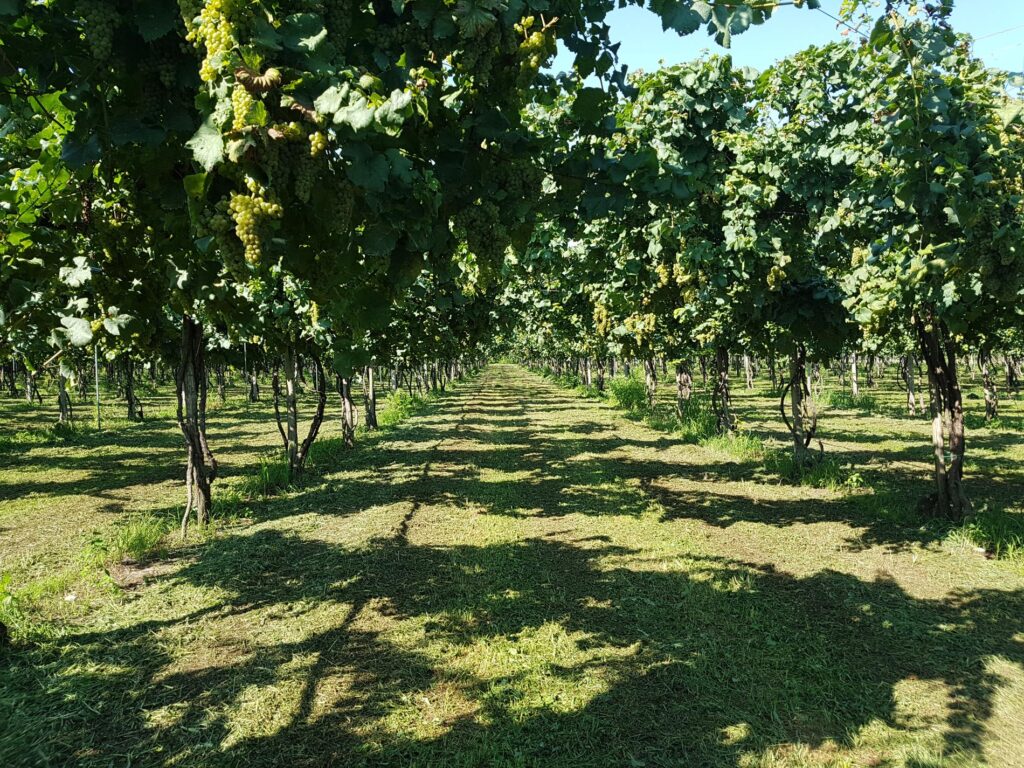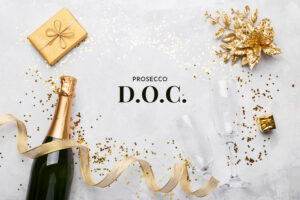Organic vineyards: a cultural project and model for sustainable viniculture
A journey’s end is in sight: the “Biodistretto Conegliano Valdobbiadene” (Organic Prosecco District of Conegliano-Valdobbiadene) will soon become a reality. The initiative was promoted by the municipality of Conegliano together with the Consortium for Conegliano Valdobbiadene Prosecco DOCG. The Association Charter and Act are about to be completed by the organizing committee. After the final formalities, the documentation will pass to the regional bodies for approval. Organic farming practices have now become a must, and this Act is just one more step to “promote the diffusion of organic farming methods as a cultural project and as a model of sustainable resource management” by organizing studies and initiatives aimed at protecting and increasing the value of the natural landscape, agriculture and viticulture activities, with particular focus on the areas of Conegliano and Valdobbiadene. The organic district will be associated with a trademark to attach to the organic products generated, producing both commercial advantages and benefits in terms of promoting the territory.
Organic farming: a heartfelt commitment for many wineries
This is just one of the latest acts along the virtuous journey that the fifteen municipalities in the Conegliano – Valdobbiadene area have embarked upon in the name of organic farming over recent years. This journey has required great commitment by all of those involved, and has culminated in the presence of many certified organic wineries in the area, more than half of which are members of the Consortium for the Protection of Prosecco DOCG from Conegliano and Valdobbiadene. The launching of a zone dedicated to organic farming practices greatly favours its expansion, especially in the case of viticulture. Its successful growth in the Conegliano-Valdobbiadene denomination owes a great deal to the work of Prof. Diego Tomasi, which was fundamental for identifying the areas, of which there are many, most suitable for organic farming. The principal characteristics that must be considered are: optimal exposure, constant ventilation and good drainage; all of which help minimize the pressure exerted by the main plant diseases (in particular, downy mildew and powdery mildew).
Sustainability, organic farming and certifications
As stated by the Director, Diego Tomasi, and the President, Elvira Bortolomio, of the Consortium for the Protection of Prosecco from Conegliano and Valdobbiadene: “Organic farming entails not only the vineyard (to date 5% of the vineyard on our hills is organic) but a whole range of other activities, all of which are aimed at improving sustainability and are subject to very stringent certification procedures. Our territory is suitable for organic methods because it is rich in biodiversity, as confirmed by the data from a recent survey conducted by the University of Florence, which found 57% of the land area to be covered by woodland, 30% to be dedicated to vineyard, 9% to be used for other agricultural activities, and finally a total of 4% designated as urban area. The recognition of the Organic Prosecco District of Conegliano-Valdobbiadene demonstrates the commitment towards achieving significant and immediate change in the area, through companies, local authorities, and public and private bodies working synergistically together.”








